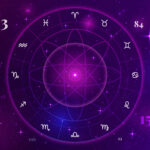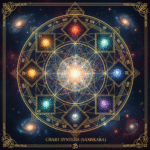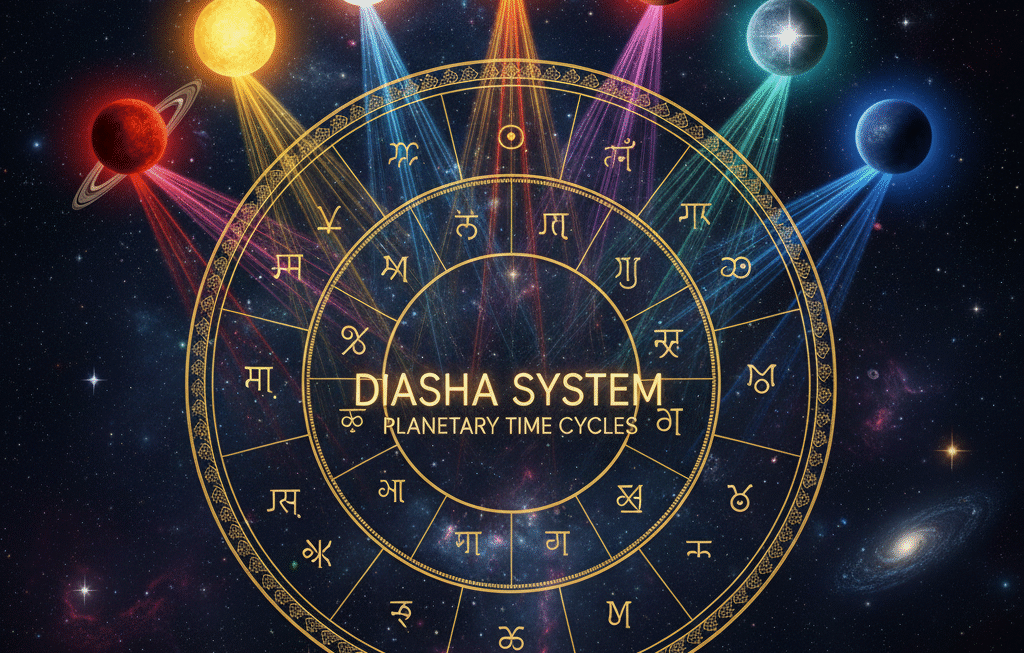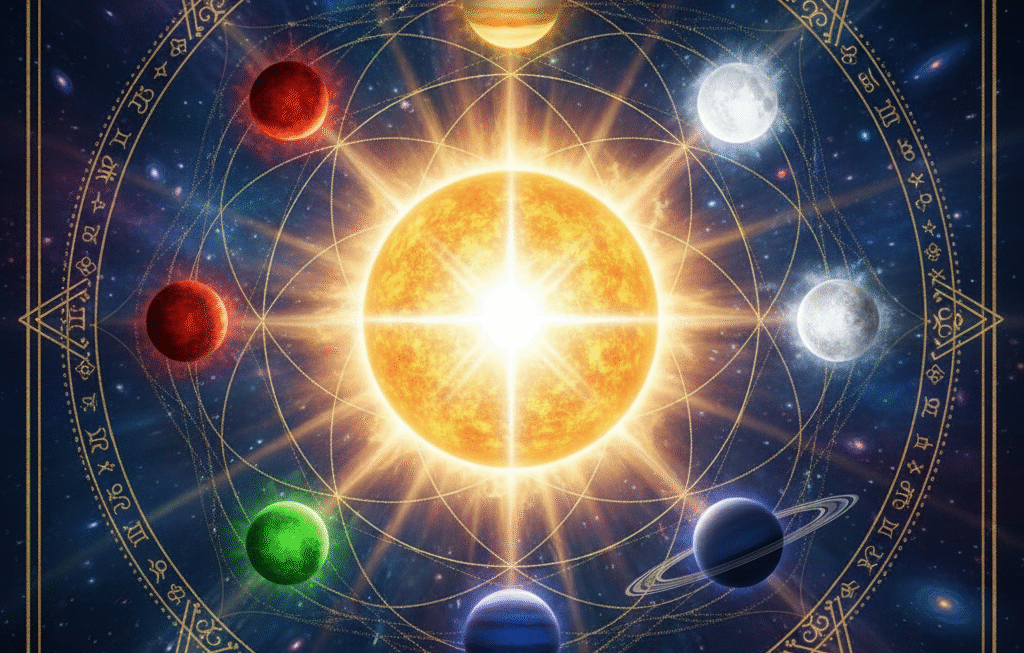That’s what astrologers call a planetary conjunction or Graha Yuti.
It’s one of the most dynamic, fascinating parts of Vedic Astrology — because when planets come together, they blend their energies. Sometimes they create brilliance; other times, tension. But always — they demand attention.
In this guide, you’ll learn exactly how to read conjunctions in your own chart — step-by-step.
You’ll discover:
How to identify a conjunction in your Kundli
What it means when planets occupy the same house
How to interpret harmonious and conflicting energies
Why some conjunctions amplify your power while others cause confusion
Ready to decode your chart? Let’s begin.
Step 1: What Is a Planetary Conjunction (Graha Yuti)?
(Focus Keyword: planetary conjunction)
In Vedic Astrology, a conjunction happens when two or more planets occupy the same house in your birth chart.
The Sanskrit term for this is Graha Yuti — meaning union of planets.
Opinion:
A conjunction is the fusion of planetary energies within one field of experience (the house).
Reason:
Each planet carries its own personality — Mars is action, Venus is love, Saturn is discipline, Jupiter is wisdom, and so on. When they share the same house, their qualities interact, producing a unique “mix.”
Example:
If Mars (courage) and Mercury (communication) sit together, you get sharp speech, assertive debating skills, or sometimes verbal aggression.
Restate:
Therefore, whenever you see planets in the same house, you’re looking at an energetic partnership that shapes how you express that area of life.

Step 2: How to Identify a Conjunction in Your Chart
(Keyword: conjunction vedic astrology)
Now, open your Vedic birth chart — either North or South Indian style.
Follow these simple steps:
- Locate all planets (Sun, Moon, Mars, Mercury, Jupiter, Venus, Saturn, Rahu, Ketu).
- Check each house — see if more than one planet appears in the same box or segment.
- If two or more planets share a house, you’ve found a conjunction.
Example:
If you see Sun and Mercury together in the 10th house — that’s a conjunction.
This particular combination (Sun + Mercury) is called Budha-Aditya Yoga, often indicating intelligence, communication skills, and leadership ability.
Step 3: Degrees Matter — How Close Are the Planets?
Not all conjunctions are equal in intensity.
Sometimes, two planets are in the same house but far apart by degrees — their energies are more coexisting than interacting.
Other times, they’re very close — within 5° or less — and that’s when things get potent.
🪷 The Rule of Thumb:
- Within 10°: noticeable conjunction
- Within 5°: strong conjunction
- Within 2°: very powerful conjunction — one planet can overshadow the other
Example:
If Sun (at 14° Aries) and Venus (at 16° Aries) are together, the Sun’s heat may burn Venus — this is called combustion (Astha), weakening Venus’s qualities (comfort, love, pleasure).
Therefore:
When analyzing conjunctions, always check planetary degrees — because closeness defines influence strength.
Step 4: Understanding How Planets Blend Their Energies
(Keyword: planets in same house)
Each planet has a unique nature, or guna. Some are benefic, others malefic. When they occupy the same house, they mix these qualities.
Let’s explore the general interaction types:
Benefic + Benefic
(e.g., Jupiter + Venus, Moon + Mercury)
- Creates harmony, creativity, optimism, and support.
- The house becomes a place of ease and abundance.
Example: Jupiter + Venus in the 5th house may give artistic genius and divine grace in creativity or love.
Malefic + Malefic
(e.g., Mars + Saturn, Rahu + Ketu)
- Creates tension, discipline, struggle, or extreme intensity.
- These people often learn through pressure and endurance.
Example: Mars + Saturn in the 10th house may cause slow but powerful career progress — after many obstacles.
Benefic + Malefic
(e.g., Jupiter + Mars, Venus + Saturn, Moon + Rahu)
- Creates mixed results.
- The benefic planet tries to uplift, while the malefic tests or distorts.
Example: Moon + Rahu often brings emotional intensity or mood swings, but also creative brilliance or fame.
Step 5: Interpreting a Conjunction — The OREO Framework
Now, let’s apply the OREO framework to understand how to interpret conjunctions clearly.
Opinion:
Conjunctions show how planetary energies collaborate in a particular house.
Reason:
Each planet brings its agenda into that life area. When they join, they must cooperate — or clash.
Example:
If Mercury (intellect) and Saturn (discipline) are in the 3rd house (communication),
you get serious, structured thinking and methodical communication style.
But if Mars joins in, the same house becomes argumentative or sharp-tongued.
Restate:
Therefore, every conjunction should be read as a conversation between planetary forces — some inspire, others challenge, but all contribute to your growth.
Step 6: Assessing Which Planet Dominates
In every conjunction, one planet usually leads the energy.
To find out which planet dominates, consider:
- Strength by Sign:
- A planet in its own sign (Swakshetra) or exaltation dominates.
- Example: Mars in Aries with Venus → Mars dominates.
- A planet in its own sign (Swakshetra) or exaltation dominates.
- Combustion (Astha):
- Planets too close to the Sun (within ~8°) lose strength.
- Example: Mercury within 4° of Sun may become weak.
- Planets too close to the Sun (within ~8°) lose strength.
- Retrograde Motion:
- Retrograde planets have stronger internal energy — often dominating the conjunction.
- Retrograde planets have stronger internal energy — often dominating the conjunction.
- House Ownership:
- The planet ruling more powerful houses (like 1st, 9th, 10th) has greater say.
- The planet ruling more powerful houses (like 1st, 9th, 10th) has greater say.
Therefore:
Always check who’s in charge — it defines the tone of the entire conjunction.
Step 7: The Role of the House Where Conjunction Occurs
The house acts like the stage where this planetary drama unfolds.
- Conjunction in the 1st house (Lagna) affects your personality directly.
- In the 5th, it influences creativity, romance, and intelligence.
- In the 10th, it dominates career, status, and achievements.
So, when interpreting, always phrase it as:
“These planets together express their combined nature through the field of the [house’s theme].”
Example:
Venus + Mercury in the 2nd house → Sweet speech, musical talent, and a refined approach to money.
Step 8: When Three or More Planets Conjoin (Stellium or Multi-Yuti)
(Keyword: planets together)
Sometimes, you’ll find three, four, or even five planets in one house.
This is called a Stellium or multi-Yuti — a powerhouse configuration.
Such charts are intense because so much energy is focused on one area of life.
Example:
If Sun, Mars, Mercury, and Venus are in your 10th house — you’ll have huge ambition, visibility, and drive — but possibly burnout or ego conflicts in career.
Interpretation tip:
When there are many planets together, analyze pairs first, then combine meanings progressively.
Step 9: Spiritual Meaning of Conjunctions (Graha Yuti)
(Keyword: graha yuti)
At a deeper level, Graha Yuti shows karmic collaboration.
The planets that come together represent souls or energies you’ve journeyed with before — now reunited to complete unfinished business.
- Some conjunctions bring teachers and students together (like Jupiter + Mercury).
- Others bring rivals and lessons (like Mars + Saturn).
Your role is to balance those energies, to express their highest version rather than their conflict.
Step 10: Your Quick Checklist for Reading Conjunctions
Identify planets sharing the same house.
Check degrees — how close are they?
Identify benefic/malefic nature.
Determine which planet dominates (sign strength, combustion, rulership).
Read the house context — what life area is influenced?
Interpret harmony or conflict.
For 3+ planets, analyze in layers.
Reflect on the karmic meaning of their union.
Final Thought: Planets as Partners, Not Enemies
Your birth chart is like an orchestra. Each planet plays its instrument, but in conjunctions — they share the same note.
Sometimes the harmony is divine; sometimes it’s dissonant. But both have purpose.
When you learn to listen carefully — to understand why certain energies overlap — you gain mastery over your chart’s most powerful lessons.
So next time you see multiple planets together, don’t rush to call it “good” or “bad.”
Ask instead:
“What are these planets trying to create together through me?”
That’s the wisdom hidden inside every Graha Yuti.











